Auchterarder’s ‘forgotten’ Great Escape hero is finally being recognised with a memorial and a flypast in his home town.
Spitfire pilot Sandy Gunn was shot dead in 1944 after tunnelling out of the infamous Stalag Luft III prisoner-of-war camp.
The episode inspired the classic war movie The Great Escape, starring Steve McQueen.
But there has never been a memorial to Sandy in Auchterarder – until now.
Volunteers are putting the finishing touches to a new garden of remembrance.
The area, across from the police station on the High Street, will feature a bench in the shape of a Spitfire wing and information boards telling the story of Sandy’s heroics.
And Auchterarder residents are being treated to a flypast over his home town next Friday.
Organisers have been promised a Lancaster bomber.
But there’s a chance the RAF will be able to send a Spitfire, much like the ones Sandy would have flown before his death, aged 24.
Dr James Grant, who has spearheaded the remembrance effort, hopes residents will look to the skies and remember Sandy and all the local men who sacrificed their lives in wartime.
“People will be able to see it from miles around,” he said.
“Hopefully they will be able to watch it from their gardens and think about what it means.”
Sandy Gunn’s life took him from Auchterarder to Poland
Sandy Gunn was the son of an Auchterarder doctor.
He joined the RAF in 1940, and was selected for the Photo Reconnaissance Unit, where he learned to fly Spitfires.
Much of his flying involved dangerous long-range missions photographing German naval units along the Norwegian coast and in the North Atlantic.
But on March 5 1942, on a mission to photograph the German battleship Tirpitz, his plane was shot down over Norway.
Sandy became a prisoner of war and was transported to Stalag Luft III, a notorious Luftwaffe-run camp in Poland.
It was the scene of two break-outs, most notably the now famous Great Escape in March 1944.
Sandy helped to dig the tunnels through which he and 75 other prisoners fled in the dead of night.
However, he was re-captured after 36 hours on the run and handed over to the Gestapo.
And in April 6 1944, he was taken from his prison cell and executed.
His Spitfire was discovered nearly 75 years later, in a peat bog on a remote mountainside near Surnadal in Norway.
Campaigners have been trying to restore it as a memorial to all those who served in the photo reconnaissance units.
But Sandy’s name had been largely overlooked in Auchterarder until a local resident collared Dr Grant on the street and asked the former GP why there wasn’t a memorial to this hometown hero.
The seed was sown and a plan was hatched.
Garden close to Sandy Gunn’s childhood home in Auchterarder
The memorial garden has been two years in the making in a project led by Auchterarder Rotary Club.
Organisers have raised around £60,000 in donations and poured blood, sweat and tears into getting it to this point.
Trees and shrubs have been planted on a plot across from the town’s police station, very close to Sandy’s childhood home.
A wall behind it has been painted sky blue.
And the team are now awaiting the arrival of the final components for their Spitfire wing bench.
Dr Grant says it’s pleasing to think that this is where Sandy would have played as a boy.
And now it’s where residents and visitors will sit and remember the local lad who flew into the history books.
“I think people will come from all over to see the Spitfire memorial bench,” he said.
“It will look like nothing else, and it will possibly be the last such memorial to be built in this country.
“It’s going to put Auchterarder on the map.”
• Next Friday’s flypast is expected to take place around 6.50-7pm.
It will be followed by a screening of The Great Escape in the Aytoun Hall, Auchterarder.
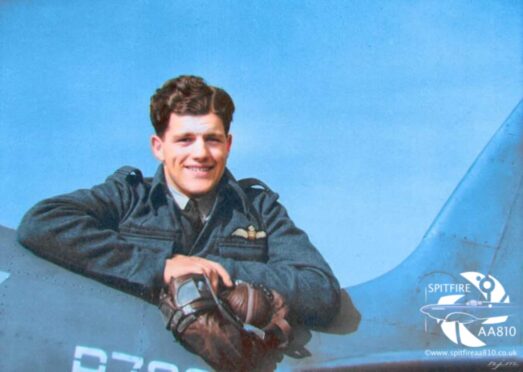
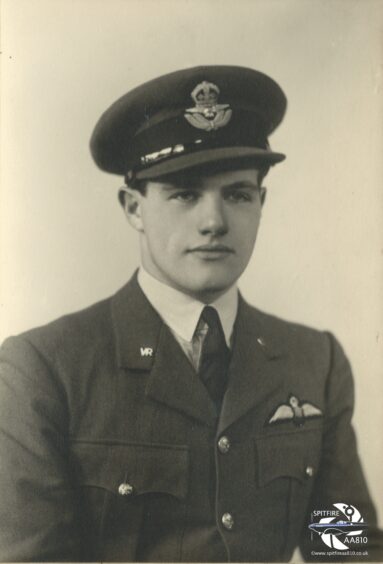
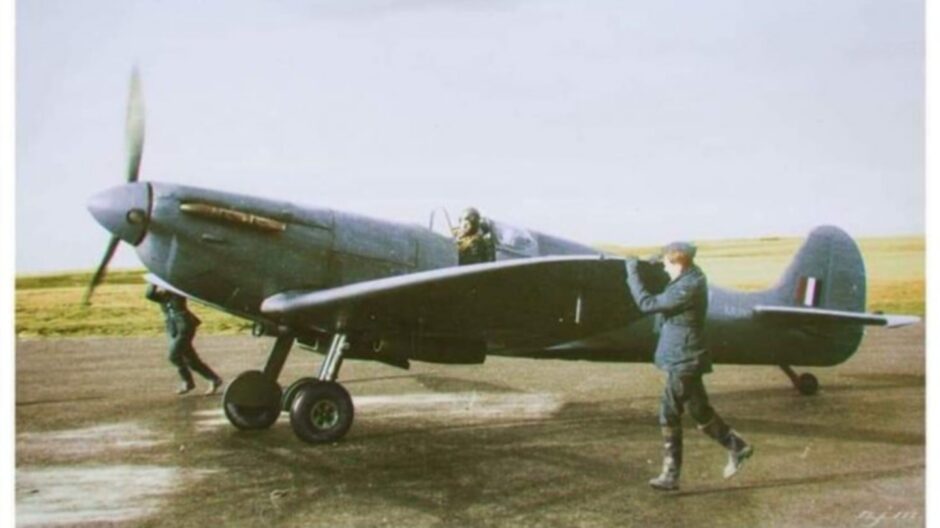
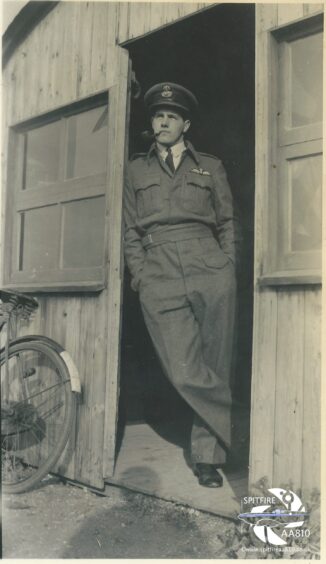
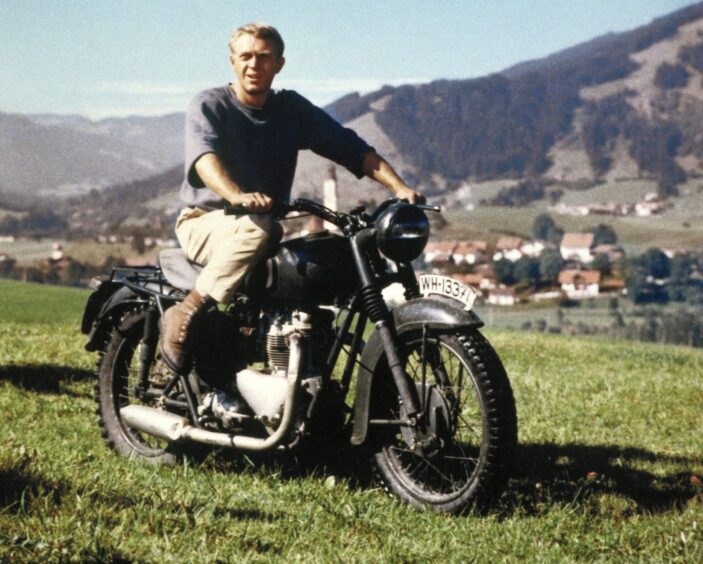
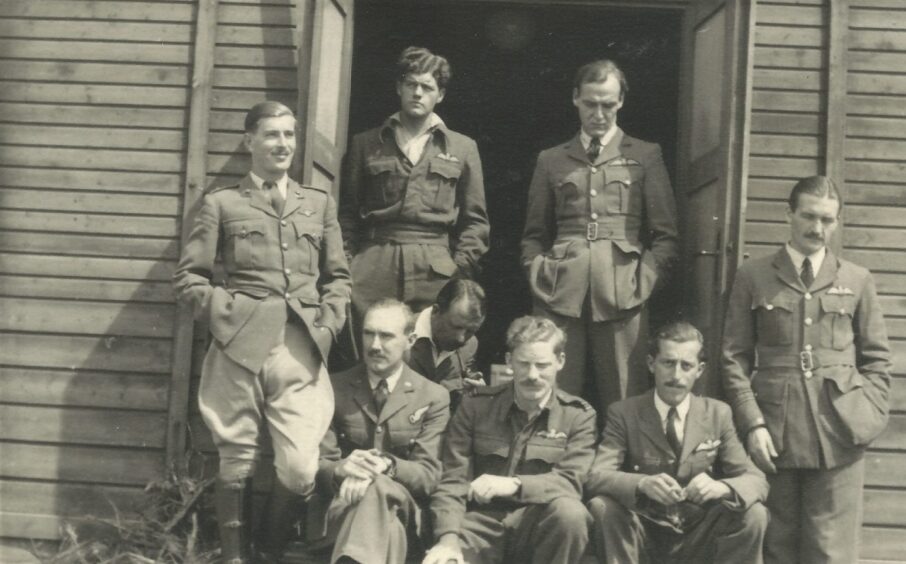

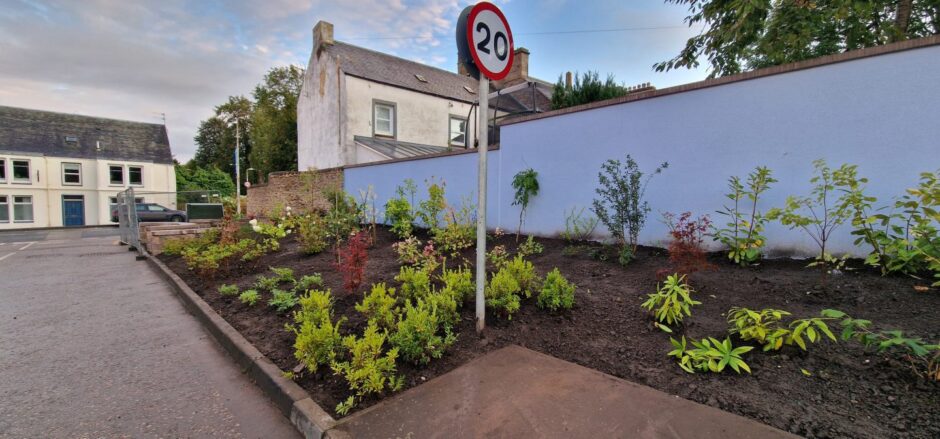
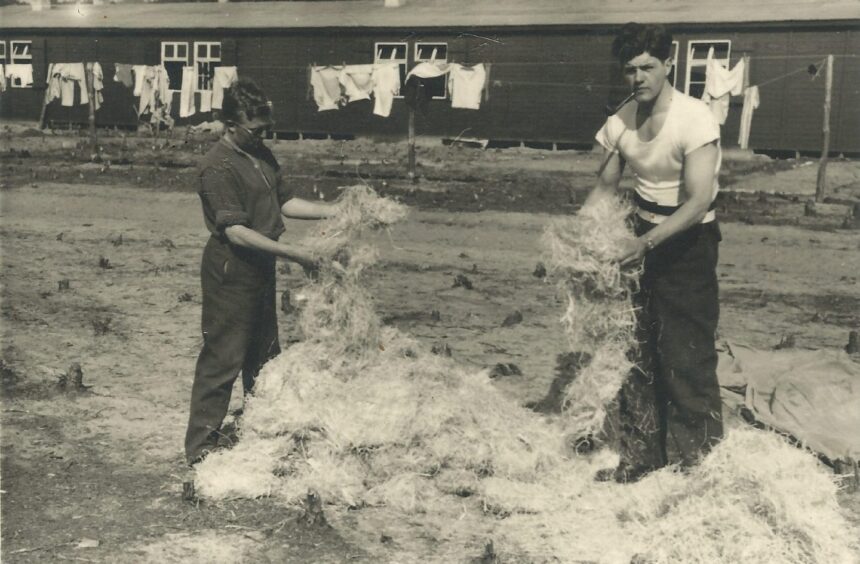


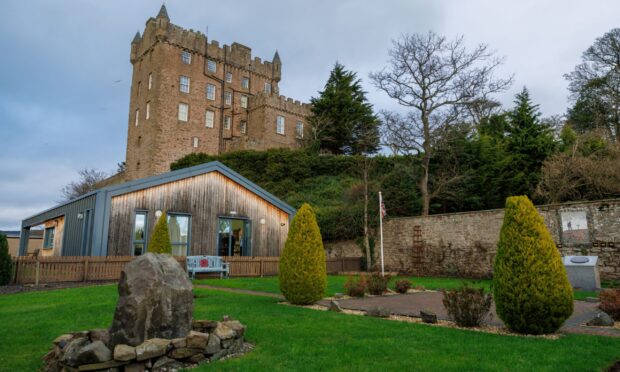


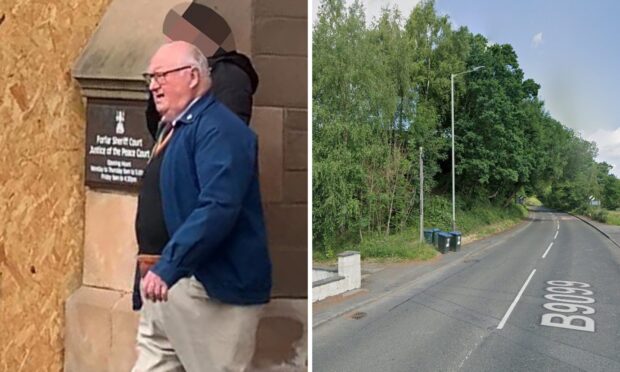

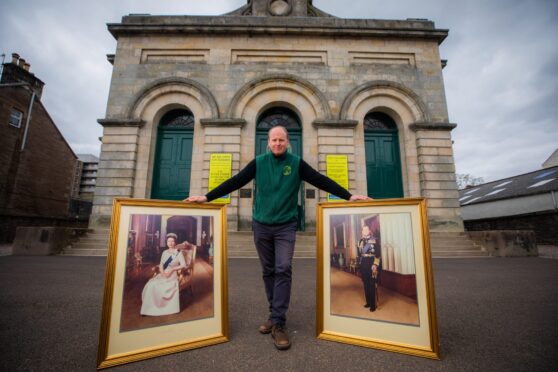


Conversation